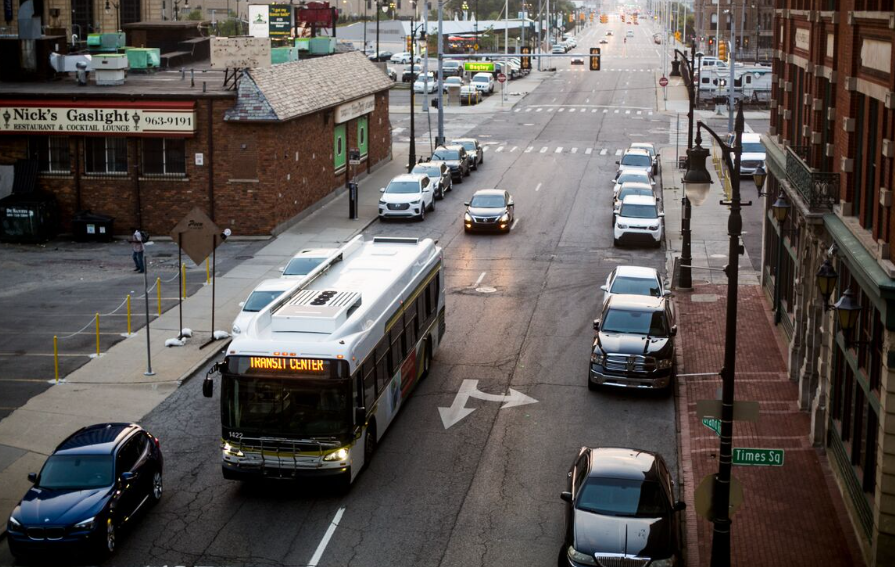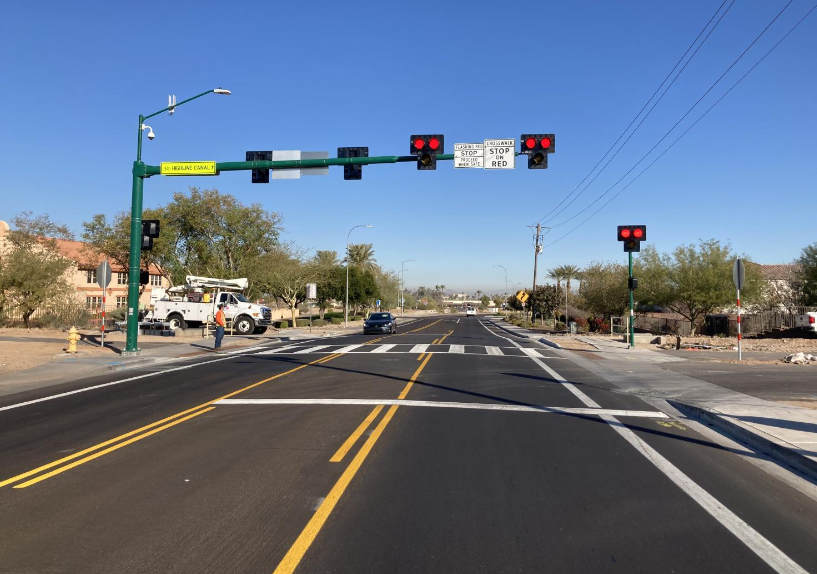Auckland, the bustling metropolis known for its vibrant city life, is grappling with an ever-growing traffic problem. As the population continues to soar and congestion becomes a daily struggle, ensuring the safety of motorists, pedestrians, and cyclists has become a pressing concern. In this blog, we will delve into the significance of implementing a comprehensive traffic safety plan in Auckland and its potential impact on the community.
The Need for Traffic Safety Plans
Auckland’s expanding population and subsequent traffic congestion have given rise to a surge in road accidents and fatalities. This not only poses a threat to the well-being of individuals but also has far-reaching economic and social consequences. Therefore, it is crucial to prioritize the development and implementation of traffic safety plans to curb the alarming increase in accidents and promote a safer city for everyone.
Benefits of Traffic Safety Plans
- The advantages of traffic safety plans cannot be understated.
- By effectively implementing safety measures, these plans can significantly reduce accidents and fatalities on the roads.
- They contribute to improved traffic flow, enhancing overall efficiency and reducing travel times.
- A comprehensive traffic management plan Waikato plan also has a positive impact on public health and well-being, fostering a sense of security and tranquillity within the community.
- These plans lead to substantial cost savings for the community, as the expenses associated with accidents, injuries, and property damage are minimized.
- A well-executed traffic safety plan promotes a culture of responsible and mindful driving, fostering a sense of community ownership and shared responsibility for road safety.

Challenges and Considerations in Developing Traffic Safety Plans
Developing a traffic safety plan comes with its fair share of challenges. Ensuring stakeholder involvement and collaboration is vital to garner support and expertise from various sectors. Balancing the needs of different transportation modes, such as pedestrians, cyclists, and motorists, is another key consideration. Incorporating emerging technologies and innovations while ensuring long-term sustainability adds complexity to the planning process.
Conclusion
The implementation of a comprehensive traffic safety plan in Auckland is imperative to address growing traffic challenges in the city. By adopting best practices and tailoring strategies to the city’s unique requirements, Auckland can create a safer transportation system for its residents and visitors. It is essential for authorities and the community to collaborate, prioritize safety, and work towards building a future where accidents are minimized, traffic flows smoothly, and everyone can navigate the city with confidence.

